An important part of physics research is examining why theoretical calculations and experimental results sometimes don’t match. A recent physics experiment on the helium-4 nucleus and how it transitions from its basic energy state to its first excited state found evidence of a disagreement between theory and experiment. Now new calculations of the observed transition found agreement with the recent experimental results.
Tag: Particle Physics
Oxygen Tweaking May be Key to Accelerator Optimization
Researchers at the U.S. Department of Energy’s Thomas Jefferson National Accelerator Facility are exploring how adding oxygen to the surfaces of particle accelerator cavities, one of the most critical parts of an accelerator, can help scientists custom-tailor their properties for maximum efficiency and minimum cost.

Theory Thesis Wins APS Dissertation Award
Zhite Yu has been awarded the 2024 J.J. and Noriko Sakurai Dissertation Award in Theoretical Particle Physics. The award was presented to Yu at the APS April Meeting in Sacramento, where he also delivered a talk about his work.
Cosmic ray detectors, built by Utah refugee teens, installed on Refugee Services Center
The detectors, which measure echoes of cosmic particles bombarding Earth’s atmosphere, were built by participants in a program called “Investigating the Development of STEM-Positive Identities of Refugee Teens in a Physics Out of School Time Experience.”
Teasing Strange Matter from Ordinary
Like protons and neutrons, Lambda particles consist of three quarks bound together by gluons. But unlike protons and neutrons, which contain a mixture of up and down quarks, Lambdas also contain a strange quark.
Searching for the Decay of Nature’s Rarest Isotope: Tantalum-180m
The tantalum isotope, Ta-180m, is found naturally in a long-lived excited state. However, the radioactive decay of this excited state in Ta-180m has never been observed.
Physicist helps set the U.S. priorities for investing millions in particle physics
As part of a panel of 32 physicists, Iowa State’s Amanda Weinstein helped set the priorities for the country’s particle physics research agenda.
Results from South Pole Telescope’s new camera emerge
A newly published study led by researchers from Argonne National Laboratory details early measurements from a new camera at the South Pole Telescope.
Argonne event helps Hispanic students explore their dreams of STEM careers
Forty eighth grade students — many originally from Mexico, Colombia, Venezuela and elsewhere — learned firsthand how scientists of Hispanic/Latino heritage contribute to science during the 18th annual Hispanic/Latino Education Outreach Day at Argonne.
PROSPECT Characterizes the Footprint of Neutrinos
Predictions based on the Standard Model of particle physics don’t always agree with what scientists see in experimental data. One way to examine these differences is emissions of neutrinos from nuclear reactors. As part of this research agenda, scientists in the PROSPECT Collaboration have reported the most precise measurement ever of the energy spectrum of antineutrinos emitted from the fission of uranium-235, providing a new reference energy spectrum and new constraints on the origin of the disagreements between data and models.

Optimizing continuous-variable functions with quantum annealing
Quantum annealing (QA) is a cutting-edge algorithm that leverages the unique properties of quantum computing to tackle complex combinatorial optimization problems (a class of mathematical problems dealing with discrete-variable functions).
Cabling for LHC Upgrade Wraps Up
Experts at Berkeley Lab finished winding more than 2000 kilometers of superconducting wire into cables for new magnets that will help upgrade the Large Hadron Collider and the search for new physics.
Argonne receives funding to use AI and machine learning for nuclear physics research
Three Argonne projects will receive funding to use AI and machine learning for nuclear physics accelerators and detectors.
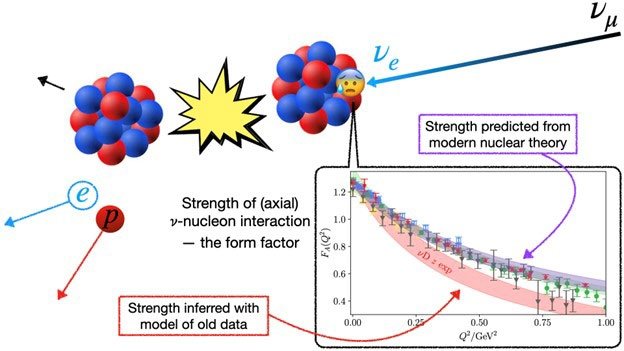
In Preparation for DUNE, Scientists Examine Modern Nuclear Theory for Neutrino Oscillation Physics
Predictions of neutrino-nucleon interaction made using the Lattice Quantum Chromodynamics (LQCD) nuclear theory method predict stronger interaction than predictions determined from older, less precise experimental data.
Theoretical and Experimental Physics Team Up in the Search for Particle Flavor Change
Scientists recently discovered that neutrinos have mass, counter to long-held understanding. This means that neutrinos can change flavor. Now, advances in theory and experiment are helping scientists to determine whether the neutrinos’ charged counterparts—electrons, muons, and tauons—can also change flavor and how future experiments can look for those changes.

Designing Detectors for DUNE
PNNL scientists design a highly sensitive neutrino detector for the Deep Underground Neutrino Experiment.
Junjie Zhu : Then and Now / 2012 Early Career Award Winner
Supported by his Early Career Research Program award, physicist Junjie Zhu’s work at the CERN Large Hadron Collider led to the first-ever evidence of two rare but important physics processes. These interactions produce the particles responsible for nuclear decay.
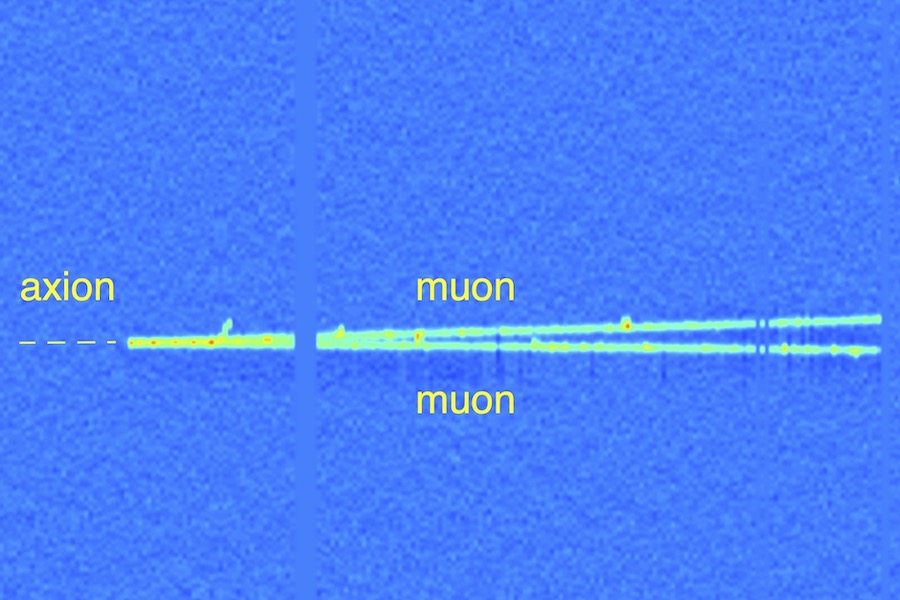
University of Minnesota theoretical physicists help expand the search for new particle
A team led by University of Minnesota Twin Cities physicists has discovered a new way to search for axions, hypothetical particles that could help solve some of nature’s most puzzling mysteries.
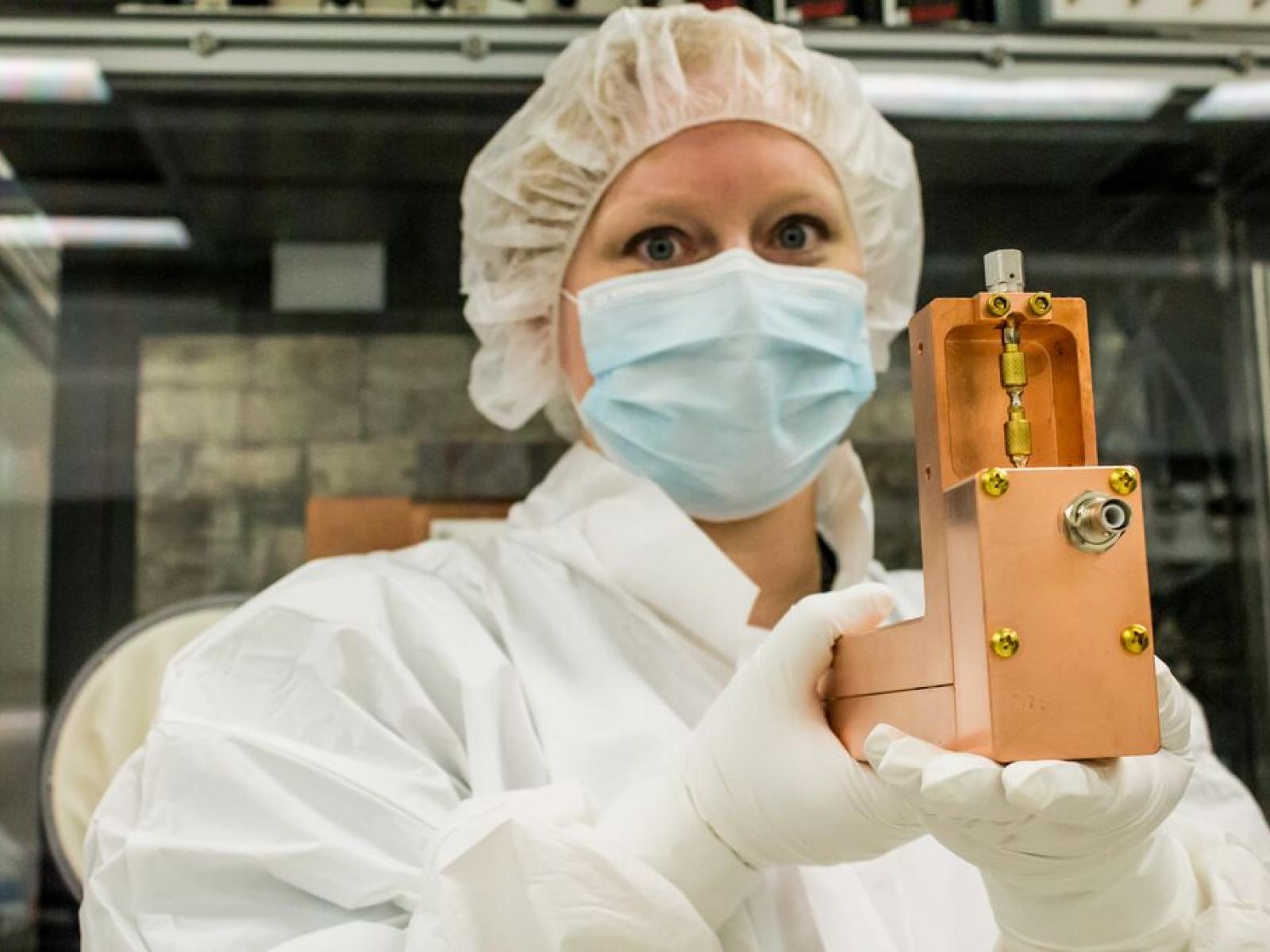
PNNL Scientist Inspires Next Generation at the National Science Bowl
Physicist Emily Mace will share her science journey and an interactive presentation about her current research with middle school and high school students from across the country at the National Science Bowl.
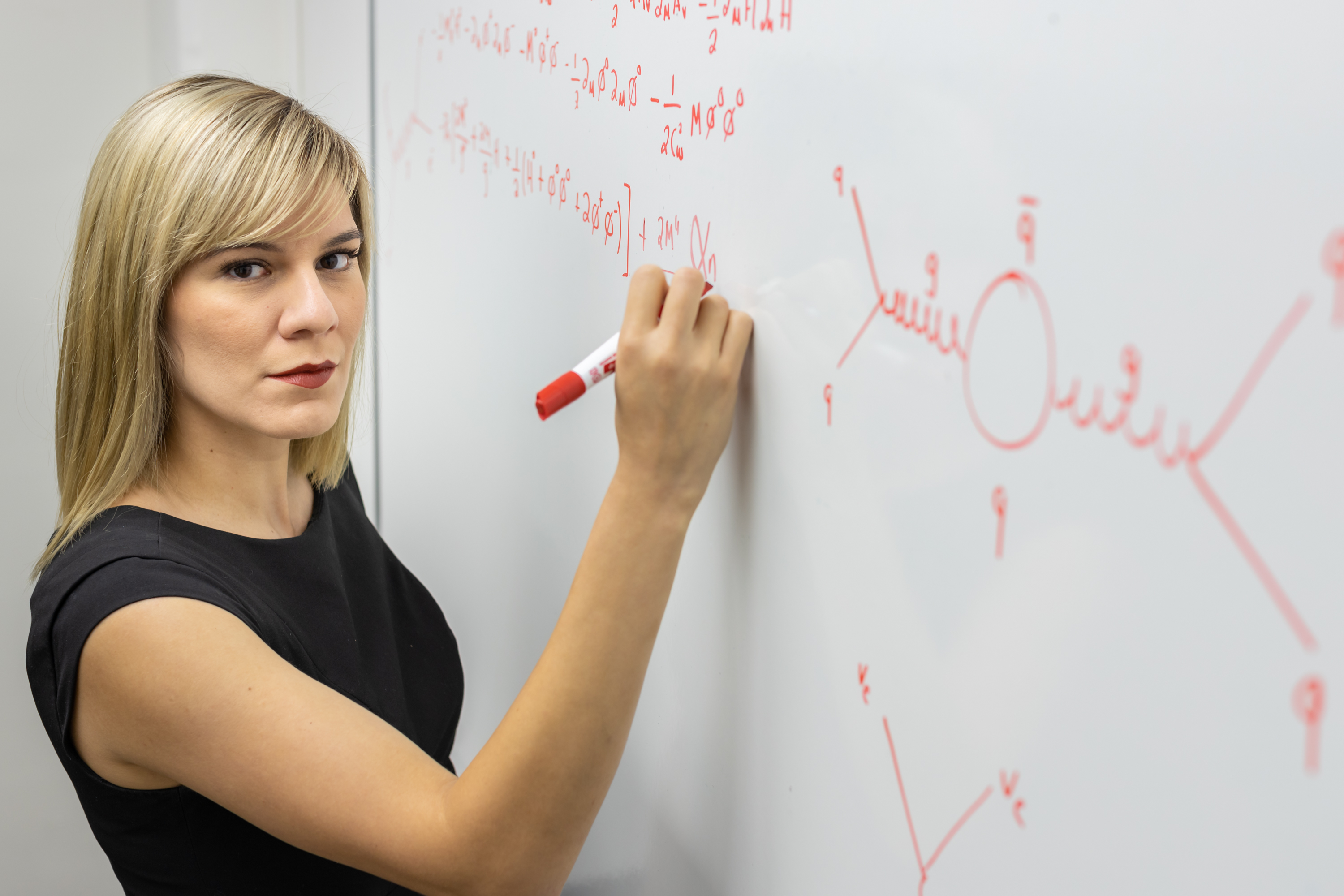
Andrea Delgado unites fundamental, high energy physics with quantum computing
Andrea Delgado, a Eugene P. Wigner Fellow at the Department of Energy’s Oak Ridge National Laboratory, is using quantum computing to help investigate the fundamental building blocks of the universe and to see whether there are particles yet to be found.
‘Exotic hadrons’ research to advance knowledge of nuclear physics
IU physicist Adam Szczepaniak is leading a project exploring the physics of exotic hadrons — a largely unexplored group of subatomic particles — under a $1.8 million grant from the U.S. Department of Energy.
Assessing the environmental impact of future ‘Higgs factories’
New research looks at planned particle accelerators that will follow the retirement of the Large Hadron Collider— the world’s most powerful particle accelerator.
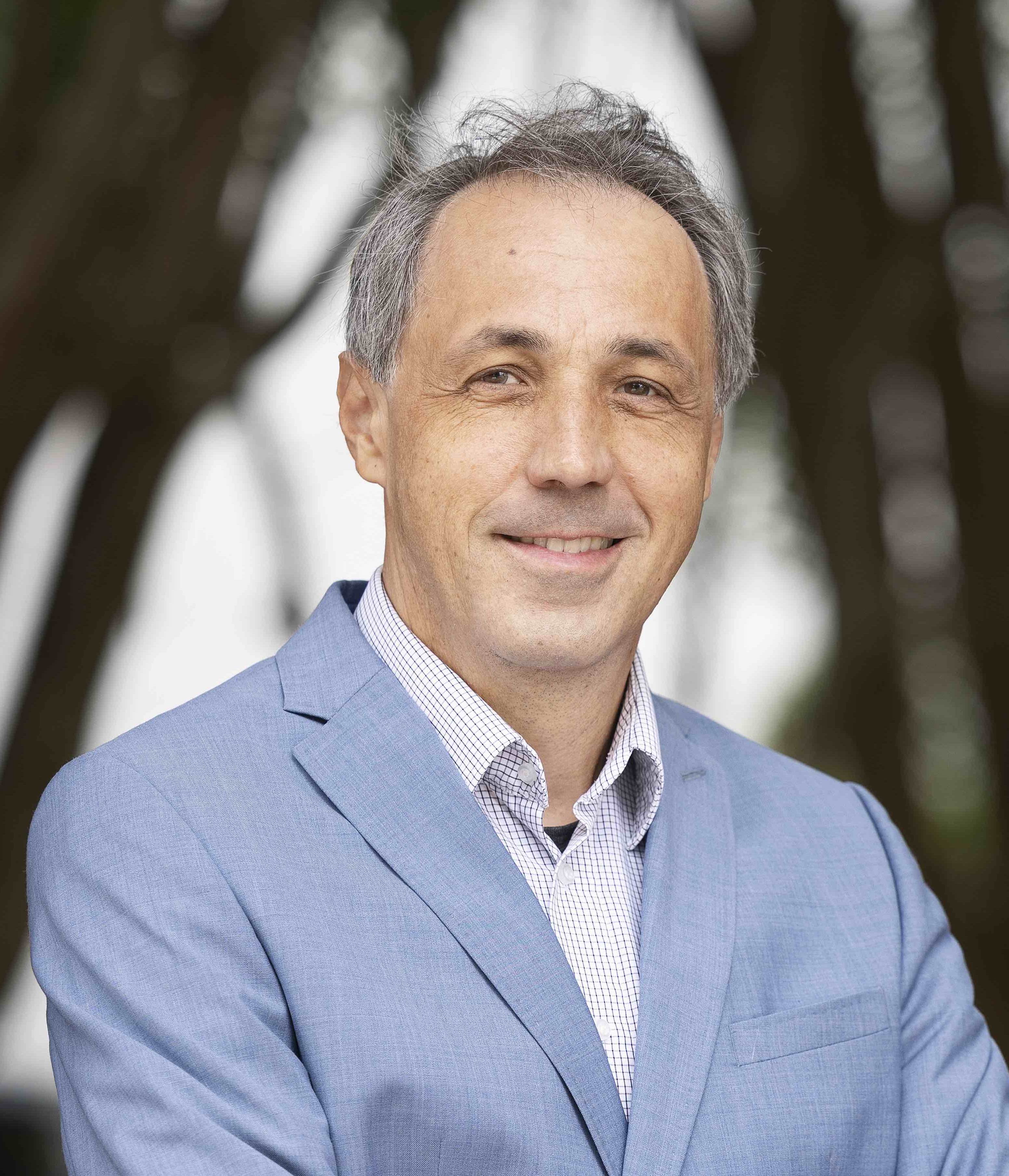
JLab Welcomes New Experimental Hall Leader
The U.S. Department of Energy’s Thomas Jefferson National Accelerator Facility has appointed Patrick Carsten Achenbach as the new leader of Jefferson Lab’s Experimental Hall B. The appointment comes after an international search.
White, red, and blue signals alert you to dangerous germs!
Osaka Metropolitan University scientists have developed a simple, rapid method to simultaneously identify multiple food poisoning bacteria, based on color differences in the scattered light by nanometer-scaled organic metal nanohybrid structures (NHs) that bind via antibodies to those bacteria.
Department of Energy Announces $3.6 Million for Research Traineeships to Broaden and Diversify Nuclear Physics
Today, the U.S. Department of Energy (DOE) awarded more than $3.6 million with a focus on broadening and diversifying the nuclear and particle physics research communities through research traineeships for undergraduates from Historically Black Colleges and Universities (HBCUs) and other Minority Serving Institutions (MSIs). The goal of this program is to increase the recruitment and retention of students from groups under-represented in nuclear physics and to create new partnerships with HBCUs and MSIs. Only by accessing the broadest possible pool of potential physicists can the community produce the best possible science.
‘Shining’ Light on the Inner Details and Breakup of Deuterons
Scientists have found a way to “see” inside deuterons, the simplest atomic nuclei, to better understand how particles called gluons are arranged within the deuteron. These collisions can also break the deuteron apart, giving insights into what holds the proton and neutron together. The research helps scientists understand how nuclei emerge from quarks and gluons, and how the masses of nuclei are dynamically generated by gluons.
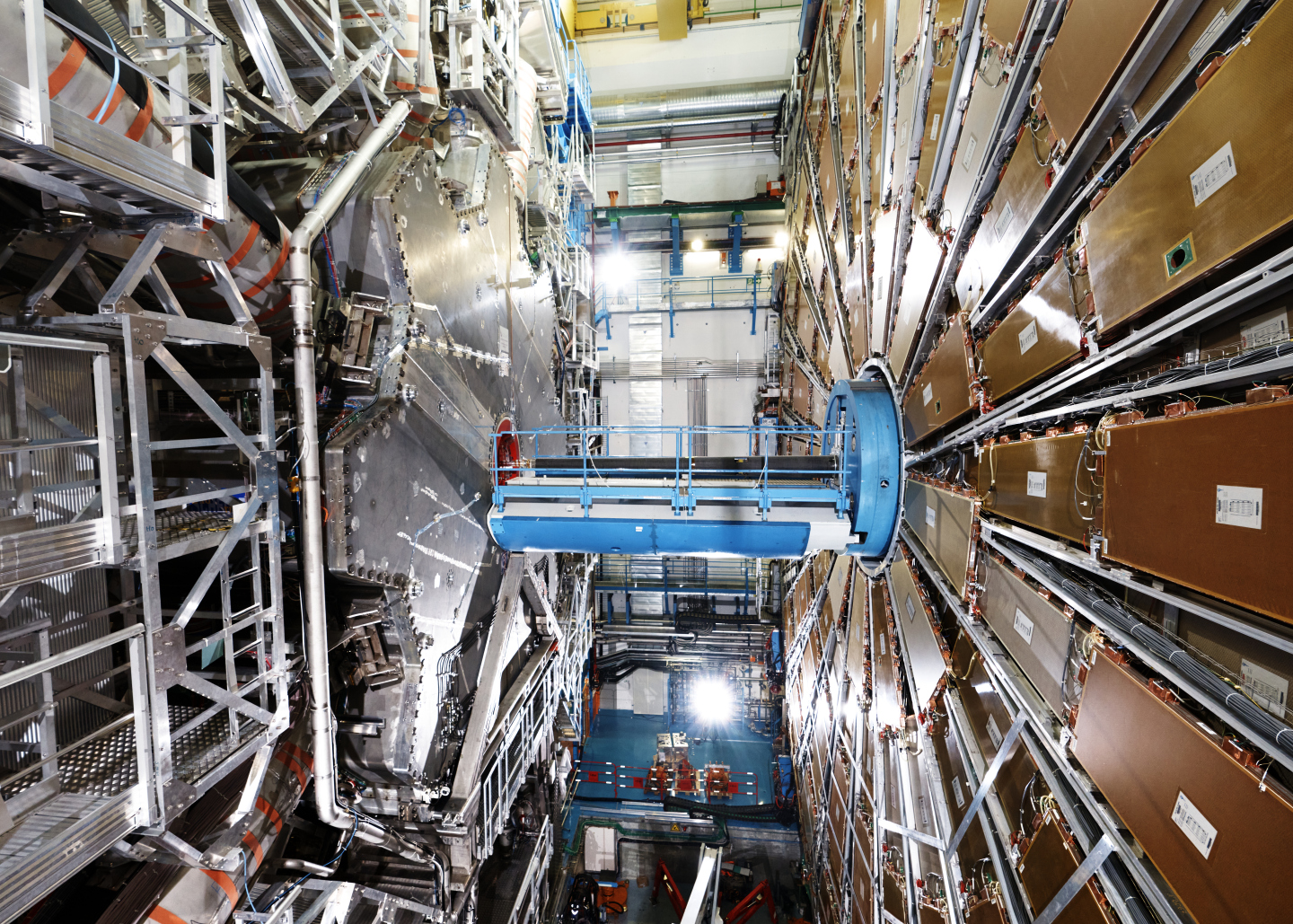
10 Years Later, Higgs Boson Discoverers Publish Refined Measurements
Particle physics changed forever on July 4, 2012. That was the day the two major physics experiments at CERN’s Large Hadron Collider (LHC), CMS and ATLAS, jointly announced the discovery of a particle that matched the properties of the Higgs boson—a particle theorized decades earlier. The discovery cemented the final piece in the Standard Model of particle physics. Now physicists from the CMS and ATLAS Collaborations detail high-precision results from their latest Higgs boson studies.

10 years later: FSU physicist explains impact of Higgs boson discovery
Florida State University physics Professor Laura Reina is a member of the CERN Large Hadron Collider Higgs Working Group. Reina was recently featured in Science News, and she is available to speak to media organizations about the discovery of the Higgs boson particle, what it means for our understanding of physics and where research is headed.
Research Breakthrough Means Warp Speed ‘Unruh Effect’ Can Finally Be Tested in Lab Settings
A major hurdle for work at the forefront of fundamental physics is the inability to test cutting-edge theories in a laboratory setting. But a recent discovery opens the door for scientists to see ideas in action that were previously only understood in theory or represented in science fiction.
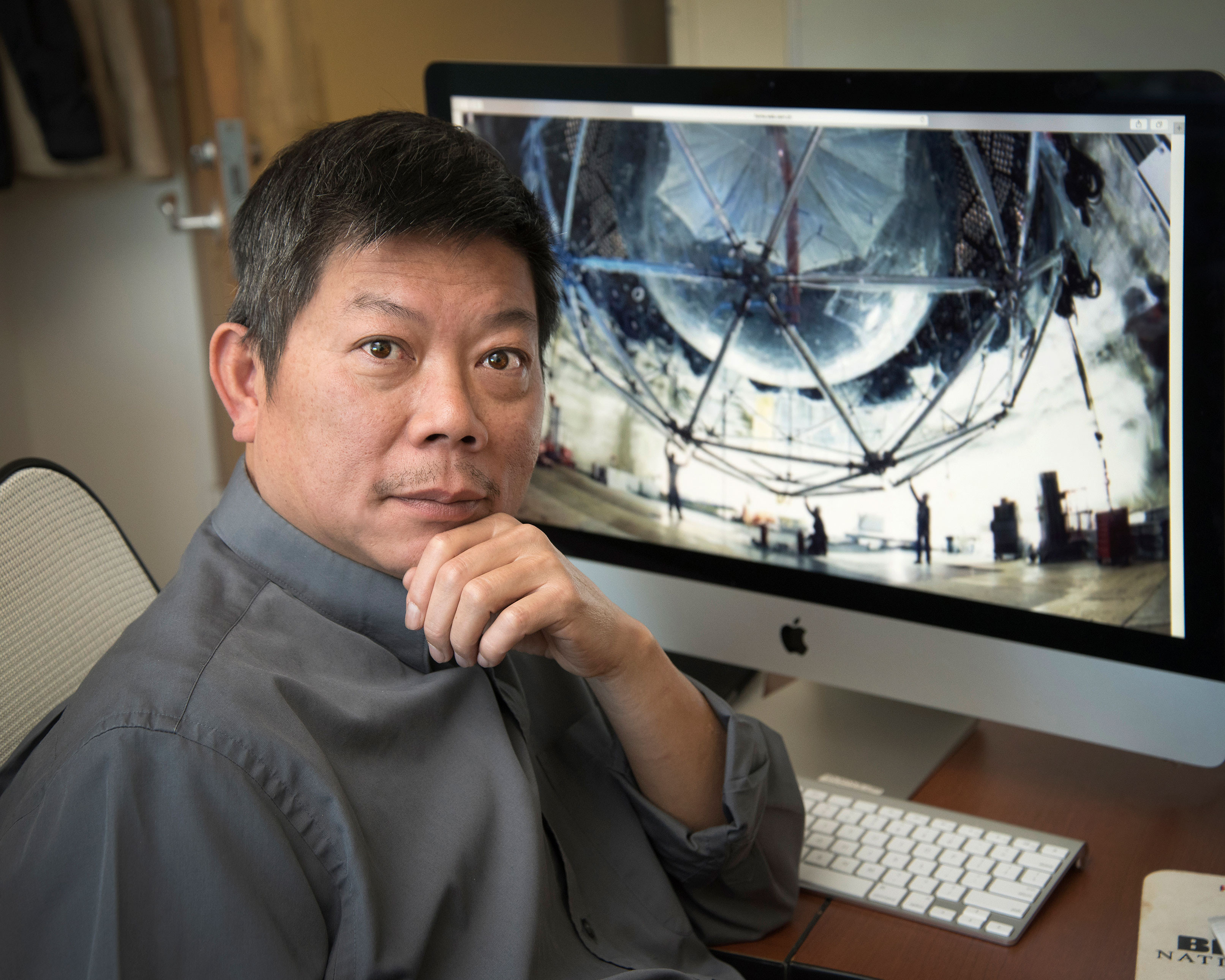
Brookhaven Chemist Minfang Yeh Wins 2021 DPF Instrumentation Award
UPTON, NY—Minfang Yeh, a senior scientist at the U.S. Department of Energy’s Brookhaven National Laboratory, has won the American Physical Society’s 2021 Division of Particles and Fields (DPF) Instrumentation Award. The award honors Yeh’s pioneering work in the development and production of high-performance water-based liquid scintillators for particle physics experiments, including metal loaded scintillators for rare process experiments.
New results from MicroBooNE provide clues to particle physics mystery
New results from a more-than-decade long physics experiment offer insight into unexplained electron-like events found in previous experiments. Results of the MicroBooNE experiment, while not confirming the existence of a proposed new particle, the sterile neutrino, provide a path forward to explore physics beyond the Standard Model, the theory of the fundamental forces of nature and elementary particles.
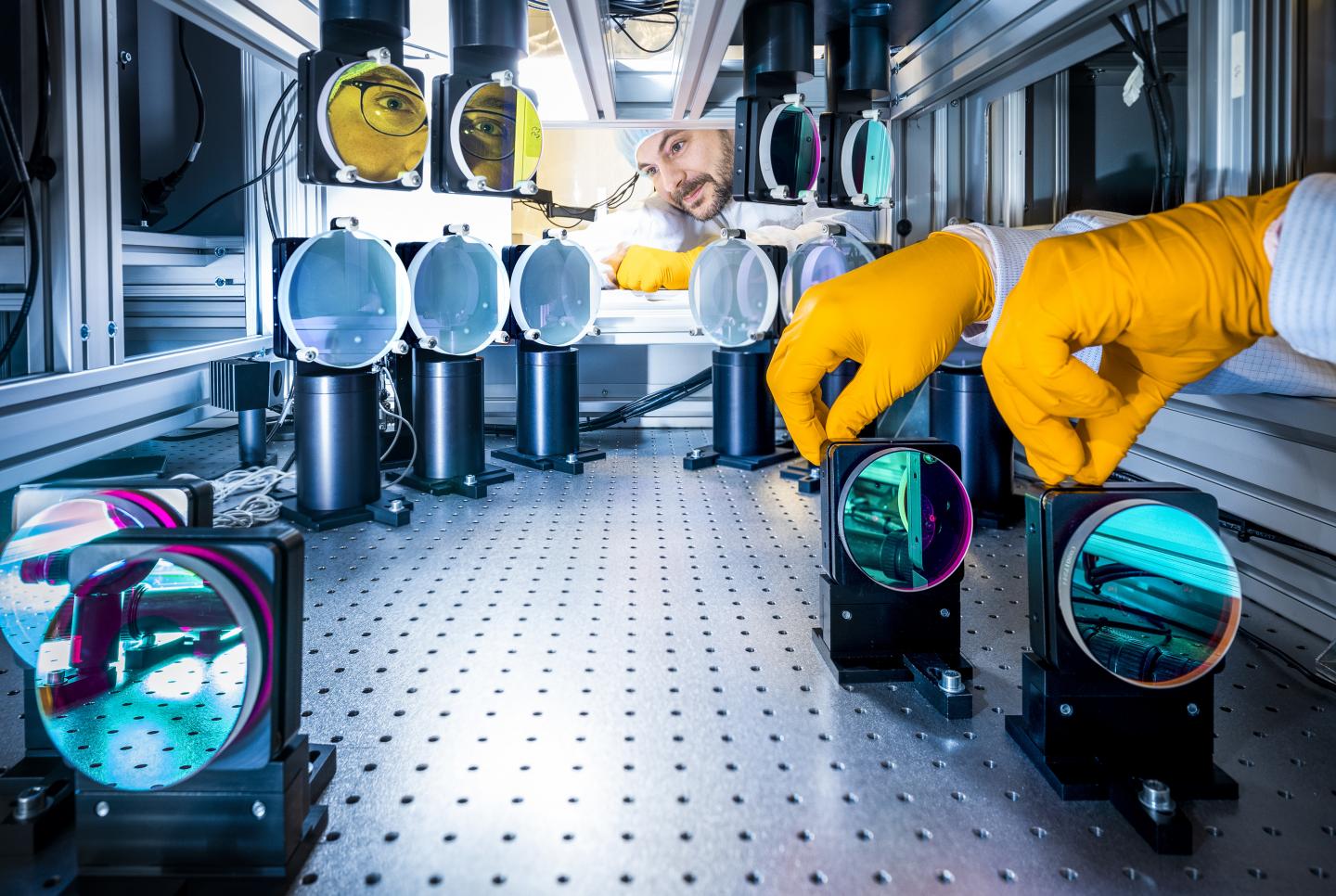
Antimatter From Laser Pincers
In the depths of space, there are celestial bodies where extreme conditions prevail: Rapidly rotating neutron stars generate super-strong magnetic fields.
New clues to why there’s so little antimatter in the universe
Imagine a dust particle in a storm cloud, and you can get an idea of a neutron’s insignificance compared to the magnitude of the molecule it inhabits.
DOE Invests $93 Million for New Discoveries in High Energy Physics
The U.S. Department of Energy (DOE) today announced $93 million in funding for 71 research projects that will spur new discoveries in High Energy Physics.
Argonne announces 2022 Maria Goeppert Mayer Fellows, honoring the legacy of the physics Nobel Laureate
Argonne’s Maria Goeppert Mayer is one of only four women to win the Nobel Prize in physics. Today, on her 115th birthday, Argonne announces the award of its 2022 Maria Goeppert Mayer Fellowship to four outstanding early-career doctoral scientists.
Basic to Breakthrough: How Exploring the Building Blocks of the Universe Sets the Foundation for Innovation
Particle physics peers into the mysteries of our cosmos while opening the door to future technologies. Research into the Higgs boson, dark energy, and quantum physics reveals insights into the universe and enables innovation in other fields.
Department of Energy Announces $2.85 Million to Support Undergraduate Research Traineeships at HBCUs and other MSIs
Today, the U.S. Department of Energy awarded over $2.85 million with a focus on broadening and diversifying the nuclear and particle physics research communities through research traineeships for undergraduates from Historically Black Colleges and Universities and other Minority Serving Institutions.
Machine Learning System Improves Accelerator Diagnostics
A machine learning system is helping operators resolve routine faults at the Continuous Electron Beam Accelerator Facility (CEBAF). The system monitors the accelerator cavities, where faults can trip off the CEBAF. The system identified which cavities were tripping off about 85% of the time and identified the type of fault about 78% of the time.
SLAC’s Panofsky fellows talk about what makes their research so exciting
Among the many scientists who push the frontiers of knowledge at the Department of Energy’s SLAC National Accelerator Laboratory, the Panofsky fellows stand out.
Precise Measurement of Pions Confirms Understanding of Fundamental Symmetry
Scientific rules about “chiral symmetry” predict the existence of subatomic particles called pions. The lifetime of a neutrally charged pion is tied to breaking of chiral symmetry. Until recently, measurements of this lifetime have been much less precise than calculations from theory. Physicists have now measured a pion’s lifetime more precisely than ever before.
Signs of “Turbulence” in Collisions that Melt Gold Ions
A new analysis of collisions of gold ions shows signs of a “critical point,” a change in the way one form of matter changes into another. The results hint at changes in the type of transition during the shift from particles to the quark-and-gluon “soup” that filled the early universe. This helps scientists understand how particles interact and what holds them together.
A Match Made in … the Cloud
New international partnership between San Diego Supercomputer Center and particle physics powerhouse CERN leverages alliance with Strategic Blue, a UK-based Fintech company that helps organizations optimize procurement of cloud services.

Hologram experts can now create real-life images that move in the air
They may be tiny weapons, but Brigham Young University’s holography research group has figured out how to create lightsabers — green for Yoda and red for Darth Vader, naturally — with actual luminous beams rising from them.
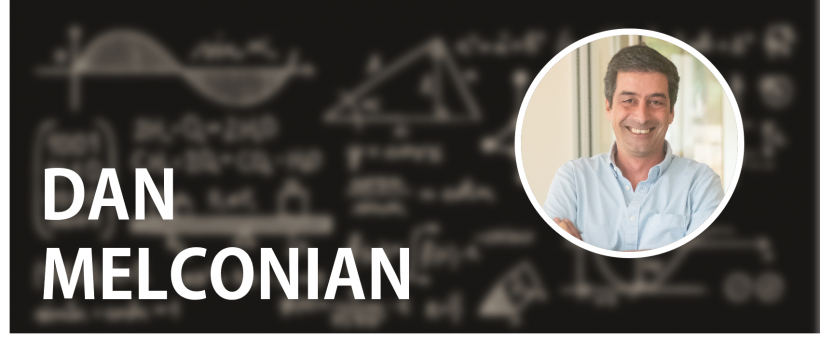
Dan Melconian: Then and Now / 2011 Early Career Award Winner
Dan Melconian is developing new techniques and new equipment to test our current theory of electroweak interactions. Comparison of these precision measurements to theoretical predictions will either confirm the Standard Model to a higher degree or point to a New Standard Model.
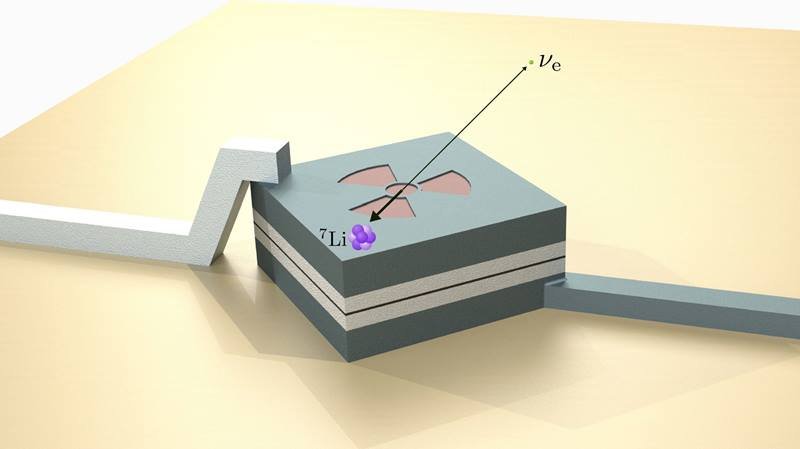
Hunting for Sterile Neutrinos with Quantum Sensors
An international team has performed one of the world’s most sensitive laboratory searches for a hypothetical subatomic particle called the “sterile neutrino.” The novel experiment uses radioactive beryllium-7 atoms created at the TRIUMF facility in Canada. The research team then implants these atoms into sensitive superconductors cooled to near absolute-zero.
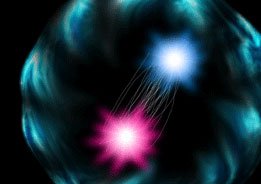
Supercomputer Calculations May Give First Look at the Structure of Two-Faced Pions
Pions consist of a quark paired to an antiquark and are the lightest particles to experience the strong force. But until recently scientists did not understand pions’ internal structure because of their short lifespan. Now, an advance in supercomputer calculations using lattice Quantum Chromodynamics may allow scientists to provide an accurate and precise description of pion structure for the first time.
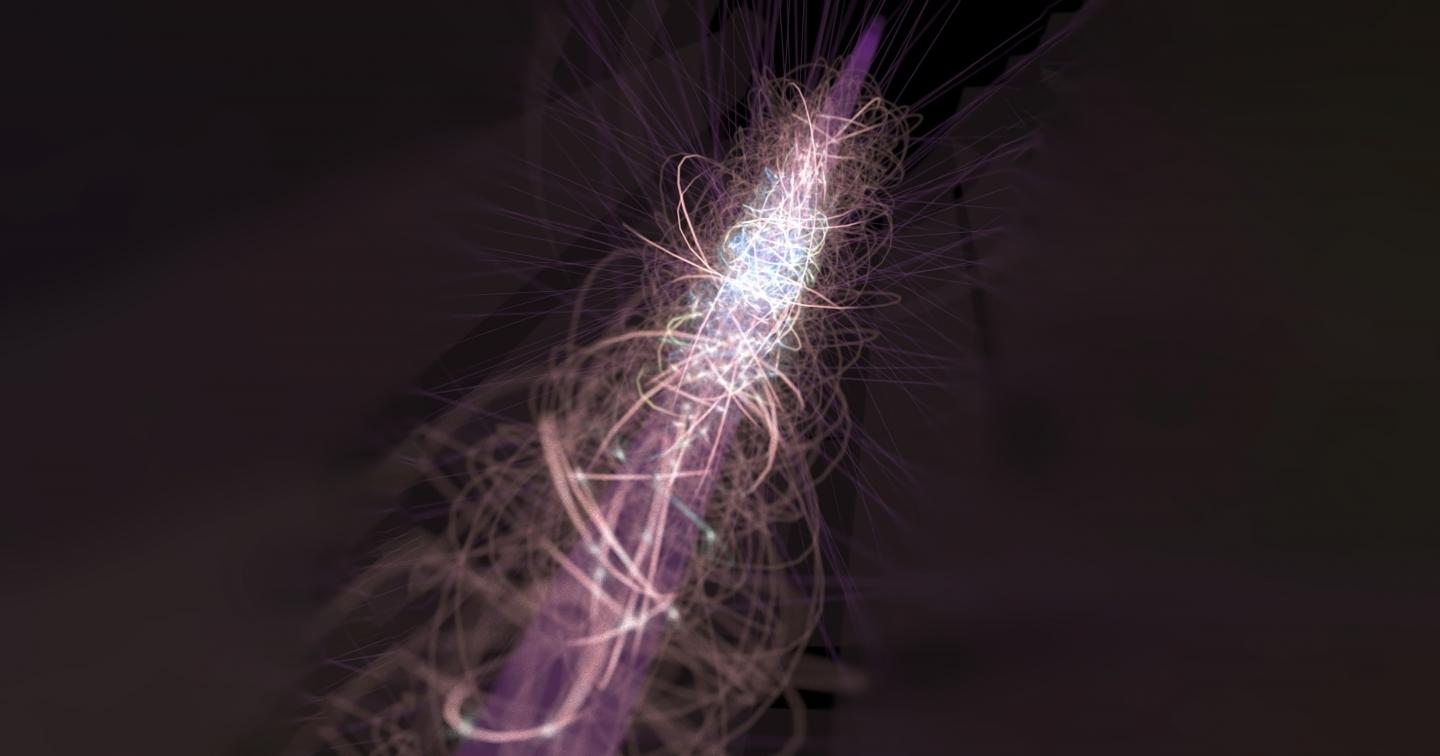
Scientists at CERN successfully laser-cool antimatter for the first time
Swansea University physicists, as leading members of the ALPHA collaboration at CERN, have demonstrated laser cooling of antihydrogen atoms for the first time.
Quantum Computing Tackles Calculations of Collisions
A new project at the U.S. Department of Energy’s Thomas Jefferson National Accelerator Facility will use a quantum simulator to model experiments at the Electron-Ion Collider. This device uses quantum computing to simulate carefully crafted models of experiments that are being proposed for the collider.
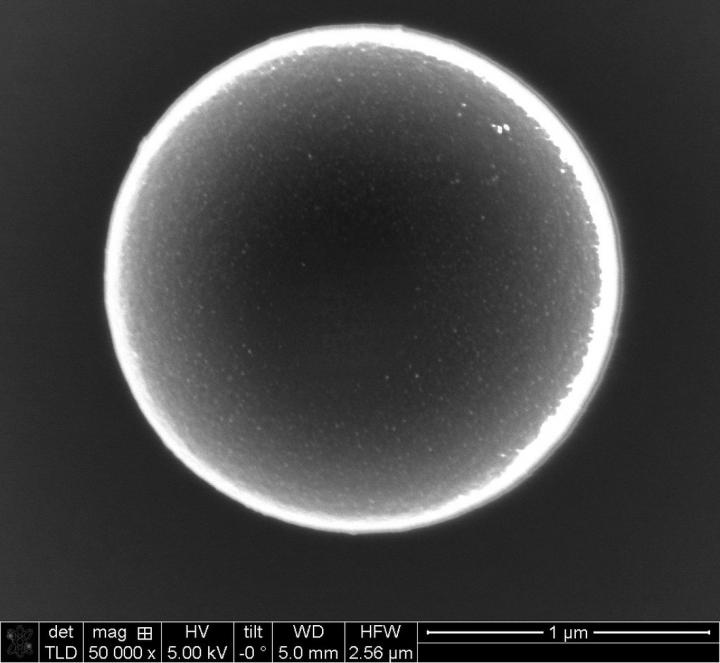
How tiny machines become capable of learning
Microswimmers are artificial, self-propelled, microscopic particles.
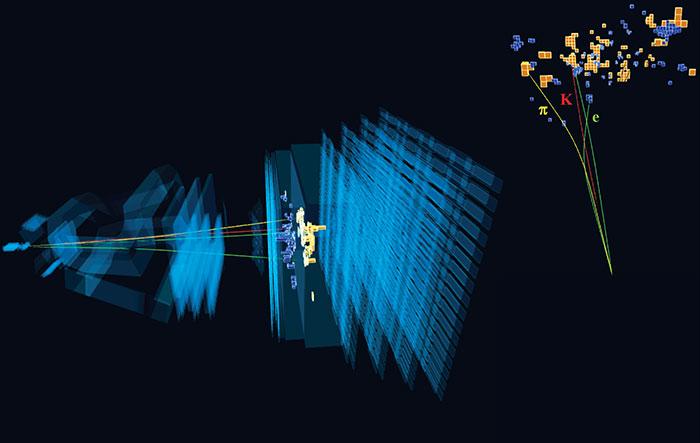
New result from the LHCb experiment challenges leading theory in physics
Imperial physicists are part of a team that has announced ‘intriguing’ results that potentially cannot be explained by our current laws of nature.